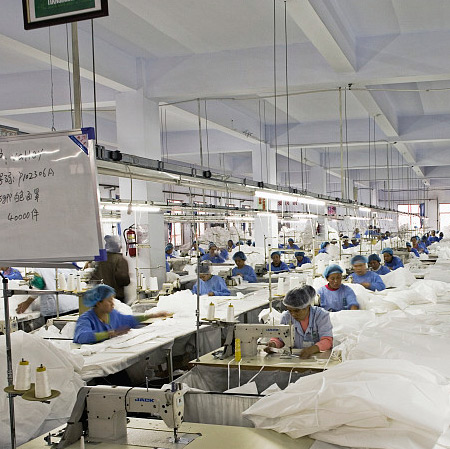Equine base layers have undergone a transformative evolution, propelled by advancements in textile technology and a deep understanding of the unique needs of horses. Modern equestrian enthusiasts now have access to base layers that go beyond simple insulation, offering a blend of innovation and functionality. Let's delve into the advanced technologies that define the next generation of equine base layers.
One of the cornerstones of modern equine base layers is the use of technical moisture-wicking fabrics. These materials are engineered to efficiently draw moisture away from the horse's skin, keeping them dry and comfortable during physical activities. The ability to manage perspiration is crucial in preventing discomfort, chafing, and the onset of conditions like rain rot. Equine base layers with moisture-wicking properties ensure that horses remain at their optimal temperature, whether it's during training sessions or competitions.
Breathability is a key aspect of advanced equine base layers, contributing to effective temperature regulation. These layers are designed with breathable fabrics that allow air to circulate, preventing overheating and facilitating quick evaporation of sweat. This feature becomes particularly valuable in warmer climates or during intense workouts, ensuring that the horse stays cool and comfortable even in challenging conditions. The emphasis on breathability aligns with the commitment to enhancing the overall well-being of the equine athlete.

Modern equine base layers often feature seamless construction, eliminating the risk of chafing and providing a smoother, more comfortable fit. The absence of seams reduces friction against the horse's skin, preventing irritation and allowing for a full range of motion. This innovation in design elevates the overall comfort level, ensuring that horses can perform at their best without any hindrance from their base layers.
To address hygiene concerns, some advanced equine base layers incorporate anti-bacterial treatments. These treatments inhibit the growth of bacteria and microbes, minimizing the risk of skin irritations and infections. This is especially crucial in the equestrian world, where horses are exposed to various environmental elements that can impact their skin health. Equine base layers with anti-bacterial properties contribute to the overall health and well-being of the horse, emphasizing a holistic approach to equestrian care.
One of the key advancements in modern equine base layers is the integration of thermal regulation technologies. These innovative fabrics adapt to the rider's body temperature, providing warmth in cooler conditions and promoting breathability when the temperature rises. Thermal regulation not only ensures the rider's comfort but also contributes to the overall well-being of the horse, as a comfortable rider is better able to maintain focus and control during rides.
Gone are the days of bulky seams and discomfort associated with traditional base layers. Modern equine base layers often feature seamless designs that prioritize both mobility and comfort. This advancement is particularly beneficial for riders engaged in disciplines that demand dynamic movements, such as jumping or dressage. The absence of seams minimizes friction, reducing the likelihood of chafing and irritation, allowing riders to move freely and confidently in the saddle.
In conclusion, the advanced technology behind modern equine base layers reflects a commitment to redefining comfort and performance in the equestrian world. From technical moisture-wicking fabrics to seamless construction and innovative features, these layers go beyond tradition, providing horses with a level of care and support that enhances their overall athletic experience.